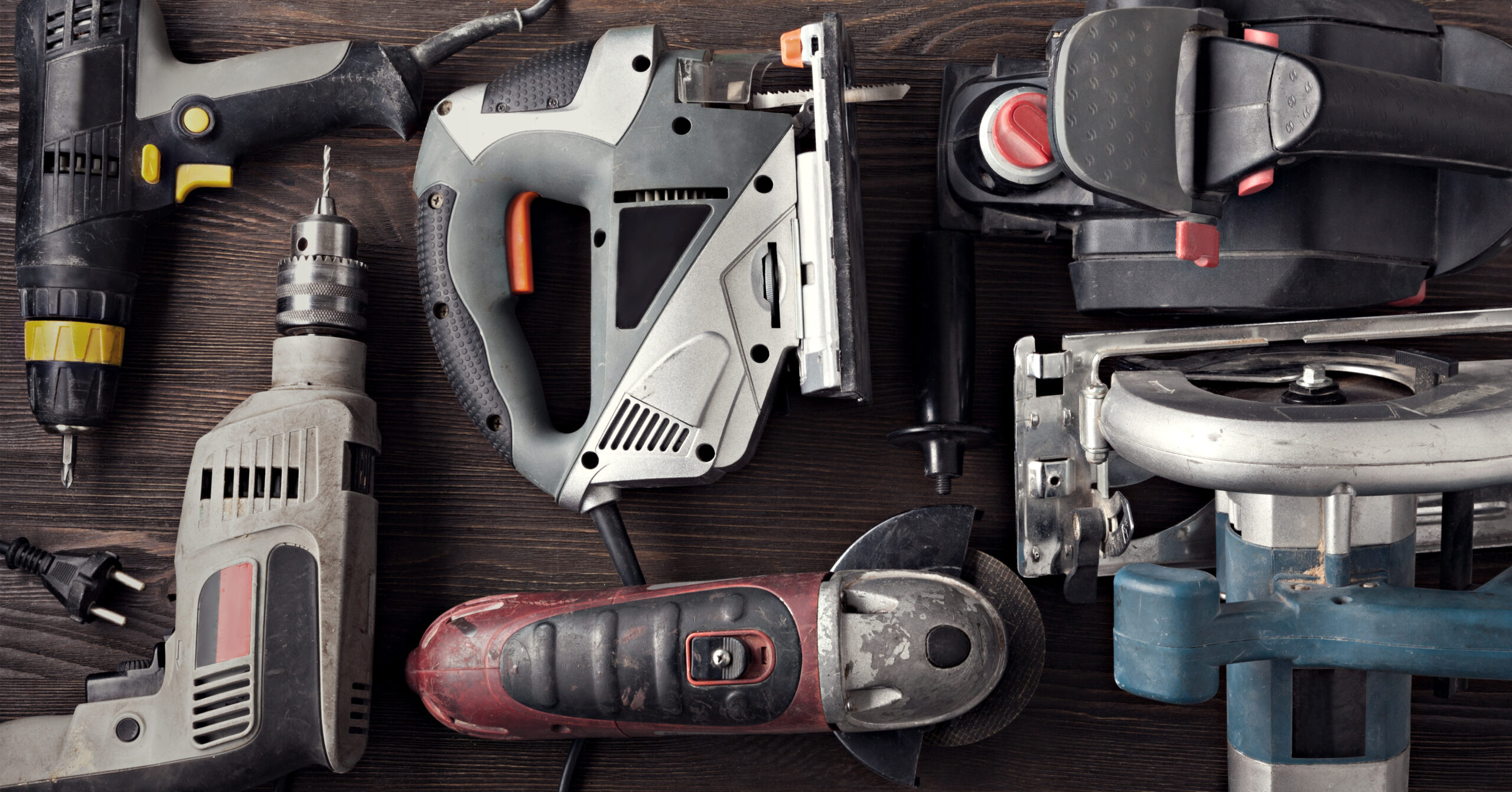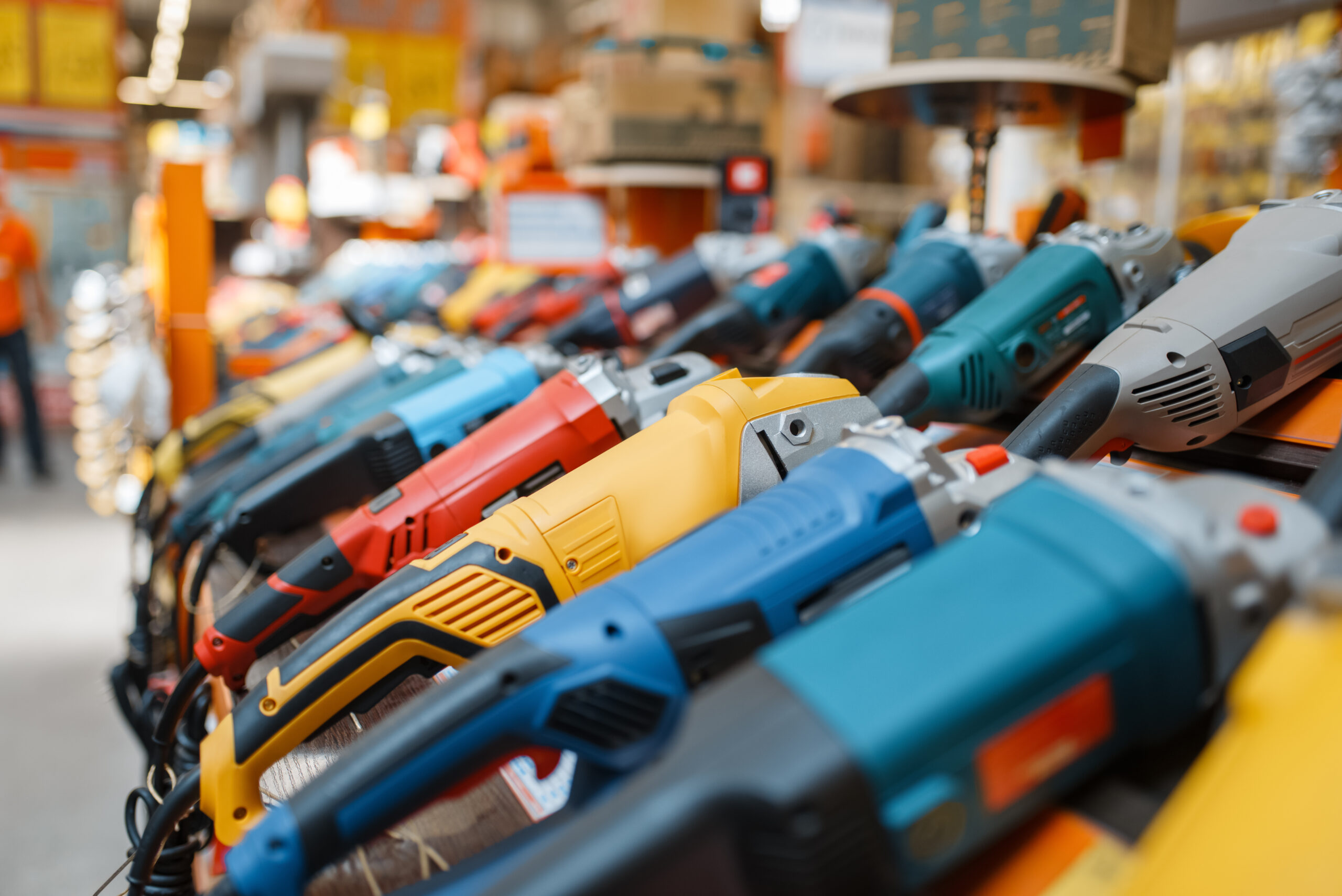
Introduction
Tools and machinery have played a crucial role in human society since the earliest days of civilization. From simple stone tools to complex machinery, these innovations have helped us create, build, and produce more efficiently. In recent years, technology has taken tools and machinery to new heights, with cutting-edge developments such as 3D printing, robotics, artificial intelligence, and augmented reality and virtual reality.
This essay will explore the future of tools and machinery, focusing on the trends that will shape this field in the years to come. We will examine the latest technological advancements, their current applications in various industries, and their potential to transform the world of tools and machinery.
3D Printing Technology
3D printing technology has emerged as a game-changing innovation in the world of tools and machinery. This technology allows us to create three-dimensional objects from digital models, using a range of materials such as plastics, metals, and ceramics. 3D printing has already made significant contributions in various industries, including healthcare, aerospace, and automotive.
The potential for 3D printing technology is vast, with applications ranging from personalized medical implants to customized consumer products. 3D printing has the potential to revolutionize the manufacturing industry, making it more efficient, cost-effective, and sustainable. With 3D printing technology, companies can produce complex designs at a faster rate and with fewer resources, reducing waste and increasing productivity.
Robotics
Robotics technology has been around for several years and has already made significant contributions in various industries, including manufacturing, agriculture, and healthcare. With advancements in artificial intelligence, robotics technology is becoming more intelligent, autonomous, and adaptable.
In the future, robots will be able to perform more complex tasks, work alongside human workers, and increase efficiency in various industries. In manufacturing, for example, robots can work on the assembly line alongside human workers, increasing productivity and reducing errors. Robotic technology also has the potential to revolutionize the logistics industry, with autonomous drones and self-driving trucks taking on more significant roles in the transportation of goods.
Artificial Intelligence
Artificial intelligence (AI) is another technology that is set to change the world of tools and machinery. AI refers to the ability of machines to learn, reason, and make decisions. This technology has already been applied in various industries, including healthcare, finance, and transportation.
In the future, AI will be able to analyze data from various sources, identify patterns, and make decisions without human intervention. AI has the potential to increase efficiency, reduce errors, and lower costs in different industries. In healthcare, for example, AI can analyze patient data, identify potential health risks, and recommend the appropriate treatment. In logistics, AI can optimize supply chains, reducing waste and increasing efficiency.
Augmented Reality and Virtual Reality
Augmented reality (AR) and virtual reality (VR) technology are immersive technologies that overlay digital information onto the physical world or create a fully virtual environment. These technologies have been used in various industries, including gaming, education, and entertainment.
In the future, AR and VR technology have the potential to enhance training and simulation for various industries. In manufacturing, for example, workers can use AR to receive instructions and guidance for assembly tasks, reducing errors and increasing efficiency. In healthcare, AR can be used to train medical professionals in a simulated environment, allowing them to gain practical experience before working with real patients.
Conclusion
The future of tools and machinery is bright, with new technologies such as 3D printing, robotics, AI, and AR/VR set to transform the way we work, produce, and innovate. These technologies are already making significant contributions in various industries, and we can expect to see more innovative and exciting developments in the years to come.
As we look to the future, it is essential to stay informed and keep an eye on these trends to remain competitive in the ever-changing world of tools and machinery. The potential applications of these technologies are vast, and companies that embrace them will be at the forefront of innovation and efficiency.
However, there are also potential challenges associated with these technologies, such as job displacement and ethical concerns related to the use of AI and robotics. As we embrace the future of tools and machinery, it is crucial to address these challenges and find ways to ensure that these technologies benefit both businesses and society as a whole.






